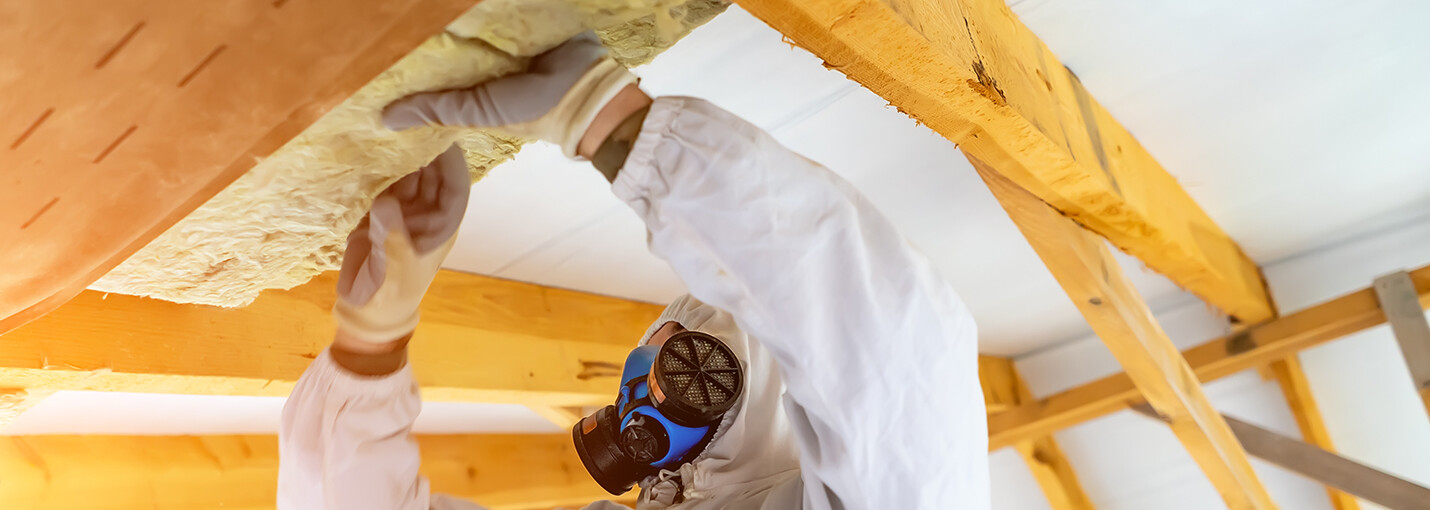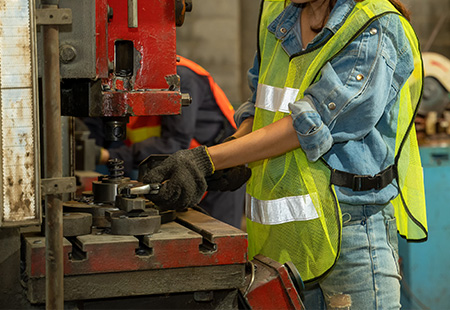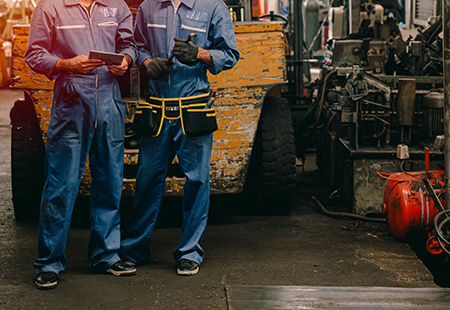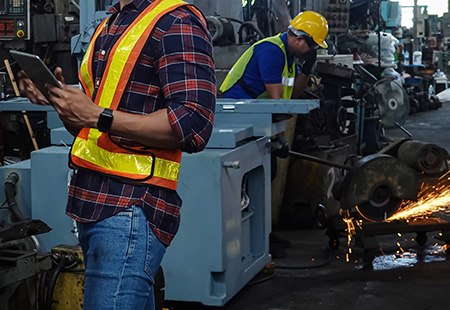Mold and Asbestos Removal Cost
Mold and asbestos are two dangerous substances that pose serious health risks in homes and properties. While their removal is essential, it’s crucial to understand the potential health dangers and legal liabilities associated with their presence.
Hiring a certified professional for mold and asbestos removal is imperative to ensure safe and effective remediation. This article will explore the need for mold and asbestos removal, their health risks, the legal implications, and the importance of using certified professionals.
!
If you believe that you were exposed to asbestos, even as a child, speak to a healthcare provider about tests and screening to help diagnose lung-scarring and screen for asbestos-related diseases.
Asbestos vs Mold
It’s important to note that asbestos is not mold. Asbestos and mold are two different substances with distinct characteristics.
What is asbestos?
Asbestos is a naturally occurring substance often used in construction and manufacturing due to its excellent insulation and heat-resistant properties. However, it was later found to be highly toxic when its fibers are released into the air and inhaled, potentially causing severe respiratory issues and cancer.
“The overall evidence suggests there is no safe level of asbestos exposure.”Source: National Cancer Institute (NIH)1 |
What is mold?
Mold is a form of fungus that grows and spreads in environments that are moist and high in humidity. It can develop on different surfaces like walls, ceilings, and floors, and create spores that may trigger health issues for those who are sensitive or allergic to them.
Both asbestos and mold pose health risks, but they are entirely different substances with distinct properties and effects. Addressing concerns about either substance is essential by following appropriate safety measures and seeking professional guidance.
“Some asbestos fibers may bypass…your body’s natural defenses…and lodge deep within your lungs. Those fibers can remain in place for a very long time and may never be removed.”Source: American Lung Association |
Health Dangers of Mold and Asbestos
Mold and asbestos are notorious for their adverse health effects on humans. Mold thrives in damp and humid environments, releasing spores that can cause respiratory issues, allergic reactions, and even severe lung infections. Prolonged mold exposure can exacerbate existing respiratory conditions such as asthma.
On the other hand, asbestos is a fibrous mineral once extensively used in construction for its fire-resistant properties and durability. Prolonged inhalation of asbestos fibers can lead to asbestosis, lung cancer, and mesothelioma (a rare and aggressive cancer), as well as many other health issues. The health effects of mold and asbestos make their prompt removal imperative to protect the well-being of occupants.
Learn more about asbestos testing:
Checking for Asbestos and Mold
It’s a good idea to periodically check one’s home or property for asbestos and mold, especially if the property is old or there have been water leaks or other events that could lead to mold growth. Both asbestos and mold can pose serious health risks if left unchecked.
Even if a homeowner doesn’t suspect the presence of asbestos or mold, regular property maintenance and inspections are essential. This can help prevent costly problems later. Looking for any signs of water leaks, dampness, or musty odors, indicating conditions conducive to mold growth, is key. Inspecting areas of the home where mold and asbestos are both prevalent, including garage roofs, basements and crawl spaces, and inside walls can help.
Asbestos has no taste or smell.
You may not know you’re breathing it.


Legal Liability and Homeowners’ Responsibility
Apart from the health risks, there are significant legal liabilities associated with mold and asbestos in properties. Homeowners are responsible for providing safe surroundings for occupants, including ensuring the removal of hazardous substances. Failing to address mold or asbestos issues can lead to legal repercussions, particularly if occupants or visitors suffer health problems due to exposure.
Additionally, disclosing mold or asbestos is often required by law when selling a property. Failure to uncover such information can result in legal action and financial consequences. Therefore, it’s essential for homeowners to proactively address these issues to avoid legal entanglements down the line.
| Asbestos is highly resistant to heat, pressure and corrosion, so it was used in many products, vehicles and buildings. In particular, many workplaces like factories, refineries, foundries and shipyards involve high amounts of heat, and were built with a lot of asbestos. | |||
 |  |  |  |
Importance of Professional Certification
Given the potential health dangers and legal implications, hiring certified professionals for mold and asbestos removal is crucial. Certified experts possess the necessary training, knowledge, and equipment to safely and effectively remove these hazardous substances.
Certified mold and asbestos removal professionals are well-versed in the proper containment and removal procedures to prevent further contamination. They follow industry ethics and regulations to protect occupants and workers involved in the removal process.
Several health studies have shown that the spouses of asbestos workers are at an elevated level of risk for asbestos illnesses like lung cancer.2 3 4 5
Asbestos abatement companies will conduct a thorough inspection of a building to identify any asbestos-containing materials (ACMs). They will assess the condition of these materials and determine the best course of action for removal. Once asbestos-containing materials have been identified, an abatement plan will be developed. This plan will include in-depth procedures for safely removing the materials and disposing of them following all state and federal regulations.
It is never advisable to attempt to DIY any mold or asbestos removal. This can leave homeowners exposed, risking health complications down the line.
 |
| Nearly every building constructed before the mid-1980s contained asbestos products and building materials. |
 |
Mold and Asbestos Removal Costs
The cost of mold and asbestos removal can differ depending on various factors, including the extent of contamination, the size of the affected area, and the specific location. Generally, asbestos removal tends to be more expensive due to the stringent safety measures required.
For mold removal, costs can range from a few hundred to several thousand dollars. Small, isolated mold problems may be more affordable, while extensive mold infestations in hard-to-reach areas can incur higher costs.
“Generally, those who develop asbestos-related diseases show no signs of illness for a long time after exposure.”Source: National Cancer Institute (NIH)6 |
Asbestos removal costs can be significantly higher due to the intricate procedures involved in safely containing and removing asbestos. Costs can range from a thousand to tens of thousands of dollars, depending on the area’s size and the removal process’s complexity.
It can be tempting to want to save some money and buy over-the-counter products that claim to remove contaminants. However, these products are very different from the professional grade ones used by licensed abatement contractors. They tend to be less potent and less effective, meaning it’s likely that dangerous residue will be left behind. This is yet another reason why professional abatement is the only way to ensure the job is done right.
Over $30 Billion is still available (No lawsuit. No fees unless you receive money. No risk.) Stake your claim.  |
The Bottom Line on the removal cost of asbestos
Professional mold and asbestos removal services are essential for safeguarding the health of occupants and avoiding long-term legal and financial liabilities. Certified professionals bring the expertise to safely remove mold and asbestos, ensuring the process adheres to industry regulations.
Do You Qualify For Compensation?
Quickly and easily find out how you were exposed by searching W.A.R.D., the largest asbestos database on the planet.
FREE SEARCH >While removal costs can vary, the investment is well worth the protection it provides. By recognizing the significance of hiring certified experts, homeowners can take proactive steps towards creating a safe and healthy living environment for themselves and their loved ones.
AsbestosClaims.Law
Asbestos claims aren’t just a day in the office for Justinian C. Lane.
They’re a mission.
In the past, workers exposed to asbestos were kept in the dark about the dangers of asbestos exposure. Among those workers were Justinian’s grandparents and his own father.
Unfortunately, they were also kept in the dark about the compensation options available to them, such as asbestos lawsuits and trust funds. In their later years, they died from asbestos-related cancers.
Because no one in Justinian’s family knew their options, they never received any compensation for the death of their loved ones.
Today, we’re working to turn the tide.
Significant compensation may be available to you if you have contracted an asbestos-related illness or injury. This includes workers as well as family members who have been exposed.
Compensation is your key to receiving the medical treatment you need, funding asbestos removal services, and maintaining your physical well-being.
Want to know one of the quickest and easiest ways to receive compensation? Let us talk to you about asbestos trust claims. This option can often avoid lawsuits altogether.
We want to hear your story, and more importantly, we want to bring redemption to it.
Need help filing a claim? No problem, you can email us at [email protected].
Would you rather talk over the phone? Simply call or text us, at (206) 455-9190.
You won’t pay a penny to us unless you receive money first, so there’s no risk.
In addition to legal claims, veterans disability, social security and employment protection like workers compensation, FELA and The Jones Act for maritime workers, there are asbestos trusts that have been set up to compensate those harmed by asbestos without having to file a lawsuit.
The dangers of asbestos used to be an industry-guarded secret kept from suffering people like Justinian’s family. Not anymore. We’re bringing you the truth.
We’ve created numerous resources to help answer your questions and empower you with the information you need to know and act on.
Our website has a wealth of information dedicated to things like health and safety, asbestos testing, asbestos removal, and legal information about compensation for asbestos injuries.
Are you a visual learner? No problem!
Our YouTube page has infographics, an asbestos history series, and other helpful resources for you to check out!
| Not sure where or when you were exposed to asbestos? Let W.A.R.D. help you! The Worldwide Asbestos Research Database (W.A.R.D) is the largest asbestos information database, period. If you need answers related to specific locations, products, or what type of compensation may be available to you due to asbestos exposure, W.A.R.D. is the place to start. |
Working with us is risk-free. Unless you receive compensation money, there are NO FEES! Speak to us about asbestos litigation today.
Scholarly Reference: Exposure to airborne asbestos in buildings.
, Lee, R.J., Van Orden, D.R., Corn, M. and Crump, K.S., 1992. Regulatory Toxicology and Pharmacology, 16(1), pp.93-107.
1 National Cancer Institute (NIH), Asbestos Fact Sheet.
2 Ferrante, D., Bertolotti, M., Todesco, A., Mirabelli, D., Terracini, B. and Magnani, C., 2007. Cancer mortality and incidence of mesothelioma in a cohort of wives of asbestos workers in Casale Monferrato, Italy. Environmental Health Perspectives, 115(10), pp.1401-1405.
3 Miller, A., 2005. Mesothelioma in household members of asbestos‐exposed workers: 32 United States cases since 1990. American journal of industrial medicine, 47(5), pp.458-462.
4 Reid, A., Heyworth, J., De Klerk, N. and Musk, A.W., 2008. The mortality of women exposed environmentally and domestically to blue asbestos at Wittenoom, Western Australia. Occupational and environmental medicine, 65(11), pp.743-749.
5 İşten, B.H.S.T.O. and Maruziyetler, E.T., 2021. Exposures Moved from Work to Home as a Public Health Hazard.
6 National Cancer Institute (NIH), Asbestos Fact Sheet.